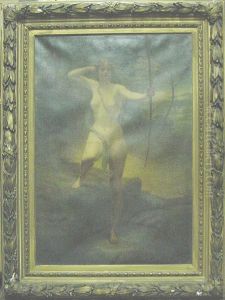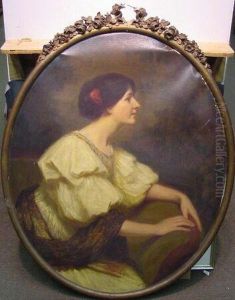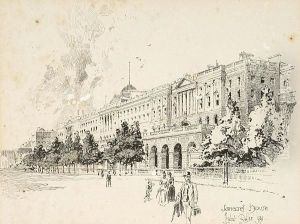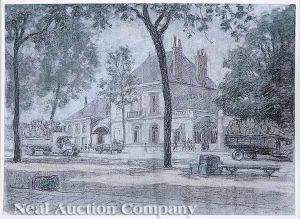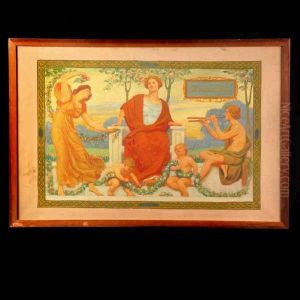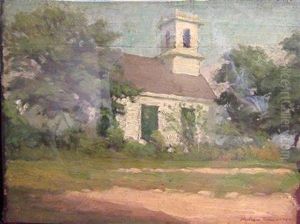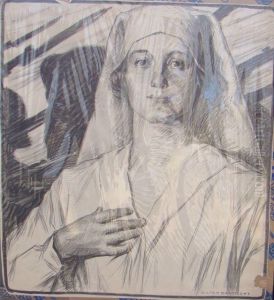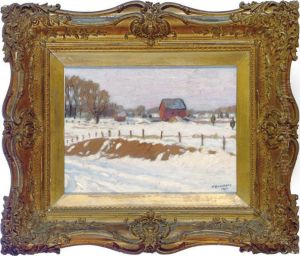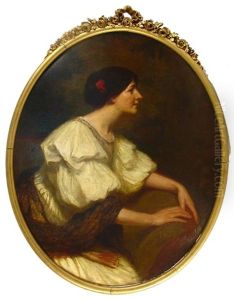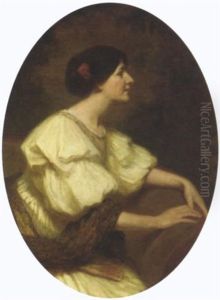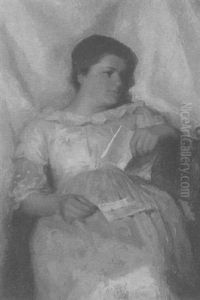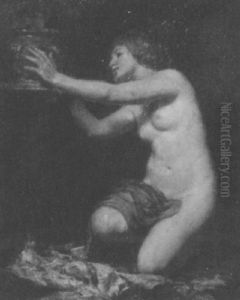Milton Herbert Bancroft Paintings
Milton Herbert Bancroft was an American painter and educator, born in 1867 in Wilmington, Delaware. He was known for his contributions to the field of art education and for his colorful, impressionistic style of painting, which was influenced by the French Impressionists and the decorative aesthetic of the late 19th and early 20th centuries.
Bancroft studied at the Pennsylvania Academy of the Fine Arts in Philadelphia, where he was a student of Thomas Eakins, one of the most prominent American realist painters of the time. Bancroft also spent time in Paris at the Académie Julian, which was a popular art school among American and international students. There, he was exposed to the avant-garde movements of Europe and the work of the Impressionists, which played a significant role in the development of his artistic style.
During his career, Bancroft exhibited at various venues, including the Paris Salon, an annual art exhibition in France that was the official exhibition of the Académie des Beaux-Arts. His work was also shown at the Pennsylvania Academy of the Fine Arts annual exhibitions and at the Art Institute of Chicago. Bancroft's paintings often depicted landscapes, still lifes, and figures in a vibrant, colorful manner that reflected his impressionistic influences.
In addition to his painting career, Bancroft was a dedicated art educator. He taught at the Pennsylvania Museum and School of Industrial Art, which is now known as the University of the Arts. Bancroft's approach to teaching emphasized the importance of design and craftsmanship, and he played a significant role in shaping the art education curriculum of the time. His influence extended to many students who would go on to have their own successful careers in the arts.
Milton Herbert Bancroft continued to paint and teach throughout his life. He passed away in 1947, leaving behind a legacy of artistic works and contributions to art education. His paintings are part of several collections and continue to be studied for their blend of American artistic traditions with European impressionistic techniques.
